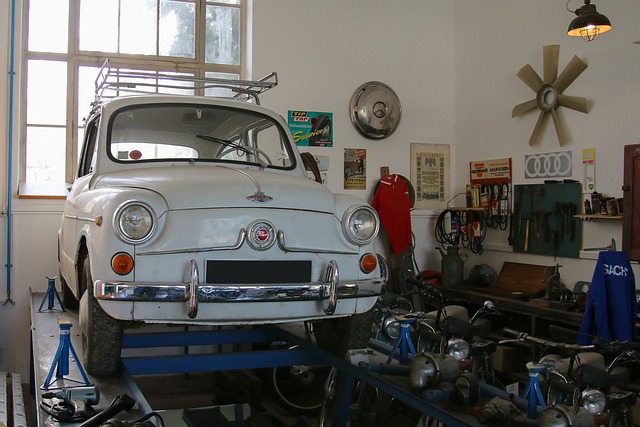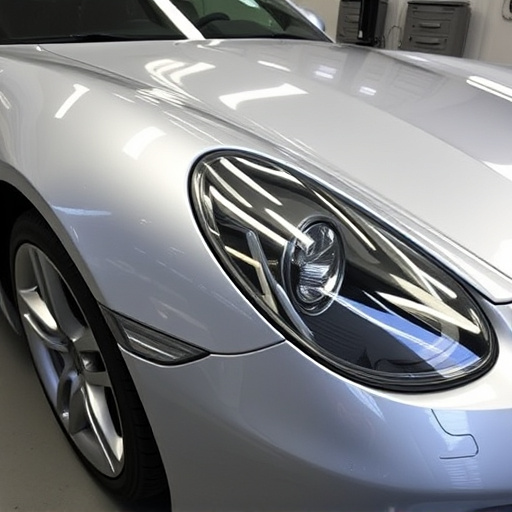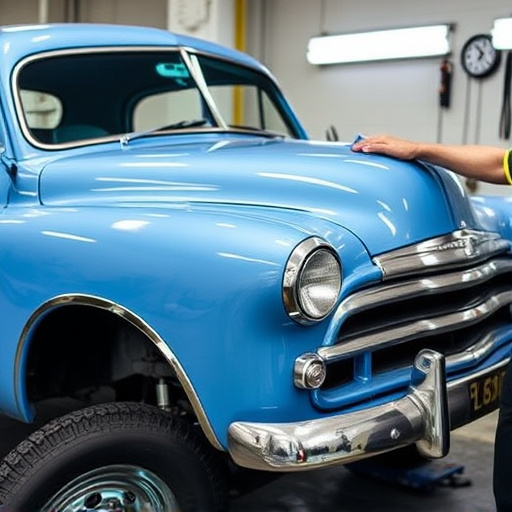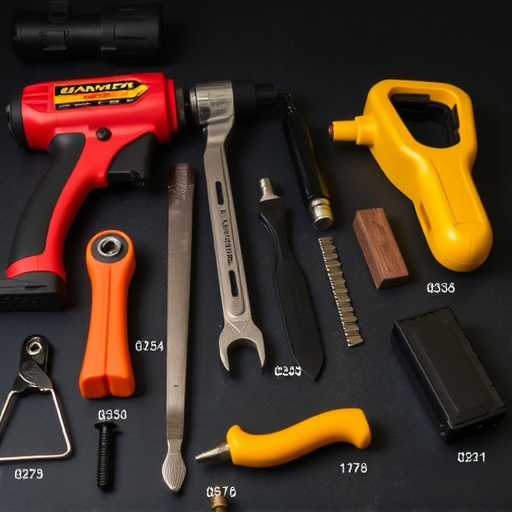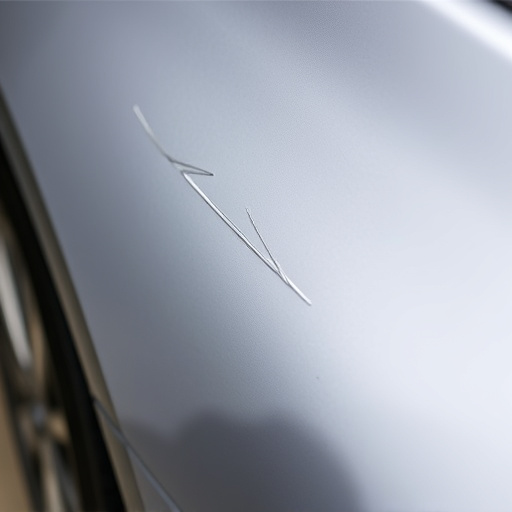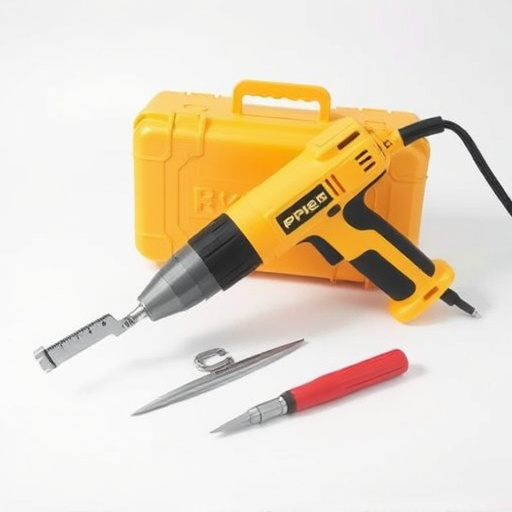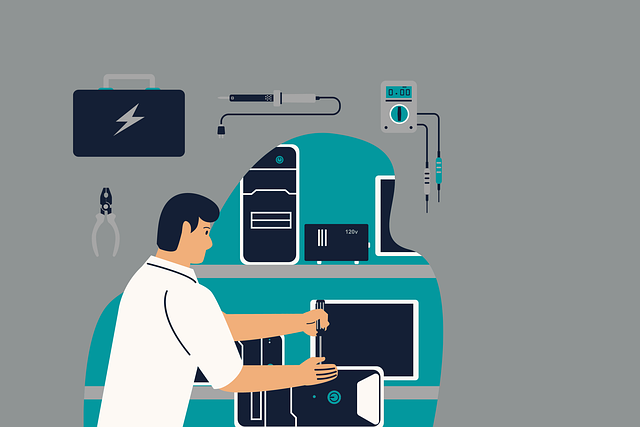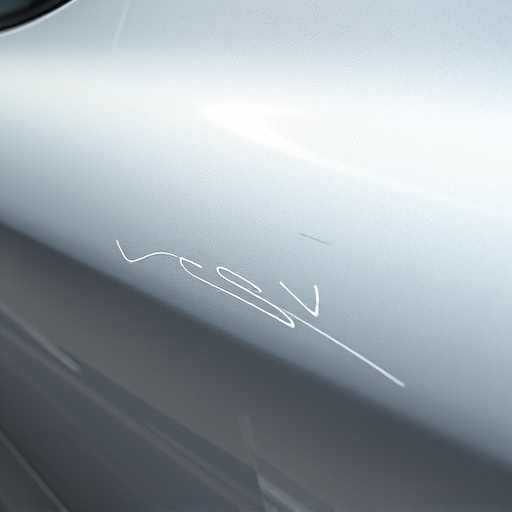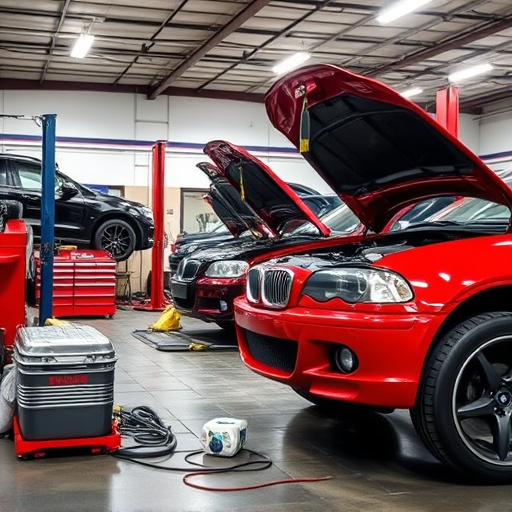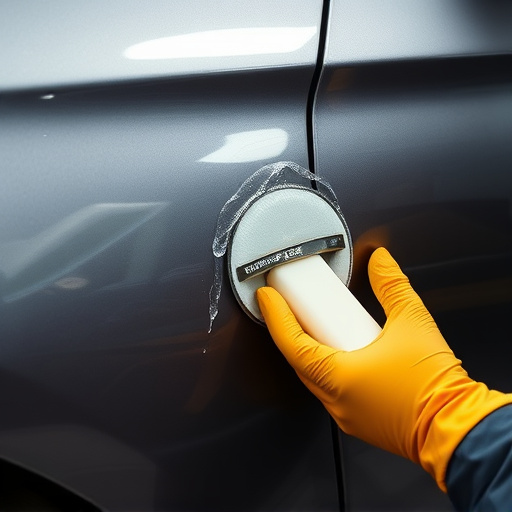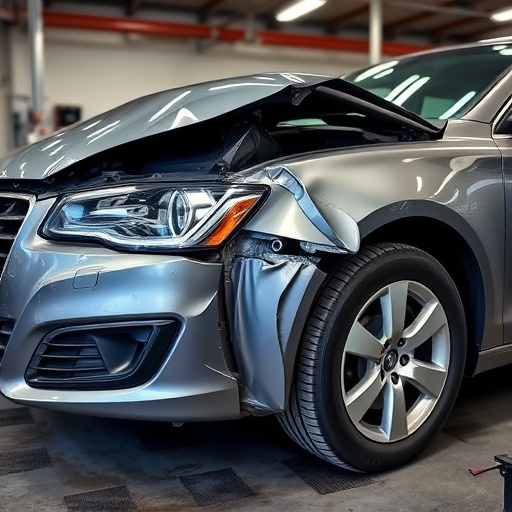In the competitive automotive industry, Paintless Dent Repair (PDR) integration is a game-changer for body shops. By adopting PDR techniques, shops can streamline operations, reduce repair times, and enhance productivity, especially in common fixes like bumper damage. This method offers environmental benefits, faster service, and improved customer satisfaction, fostering technician reputations and building client loyalty. PDR's non-invasive nature allows for efficient repairs, minimizing vehicle downtime and preserving resale value, making it an attractive solution for collision centers and auto body shops aiming to provide superior, cost-effective services in today's market.
Technicians in modern body shops are embracing PDR (Paintless Dent Repair) integration plans, revolutionizing their operations. This innovative approach streamlines workflows, leading to significant advantages such as faster turnaround times and reduced labor costs. Beyond efficiency, PDR enhances customer satisfaction by offering quick, non-invasive repairs that build trust and loyalty. Furthermore, data-driven insights from PDR implementation enable technicians to optimize processes, identify training needs, and stay competitive in the market. Discover how PDR for body shops is transforming the industry.
- Streamlining Operations: PDR Integration for Efficient Body Shop Management
- – The role of PDR (Paintless Dent Repair) in modern body shops
- – Benefits of integration: faster turnaround times, reduced labor costs
Streamlining Operations: PDR Integration for Efficient Body Shop Management
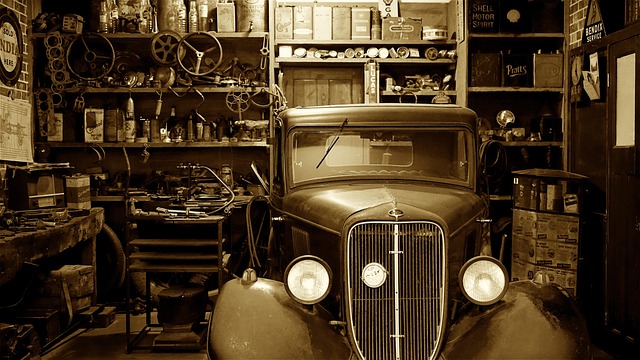
In today’s competitive automotive industry, efficient body shop management is crucial for technicians and businesses alike. PDR (Paintless Dent Repair) integration plans offer a game-changing solution by streamlining operations and enhancing productivity. By incorporating PDR techniques, an automotive body shop can significantly reduce the time spent on bumper repair and frame straightening, allowing technicians to handle more complex tasks. This integration not only benefits the shop’s bottom line but also enables them to cater to a broader range of customer needs.
With PDR for body shops, the process becomes faster and more environmentally friendly, as it minimizes the use of traditional painting methods. Technicians can efficiently manage their workflow, reducing wait times and ensuring quick turnaround for clients. This streamlined approach benefits both parties—customers appreciate faster repairs, while technicians gain a reputation for excellence, fostering customer loyalty in this competitive market.
– The role of PDR (Paintless Dent Repair) in modern body shops
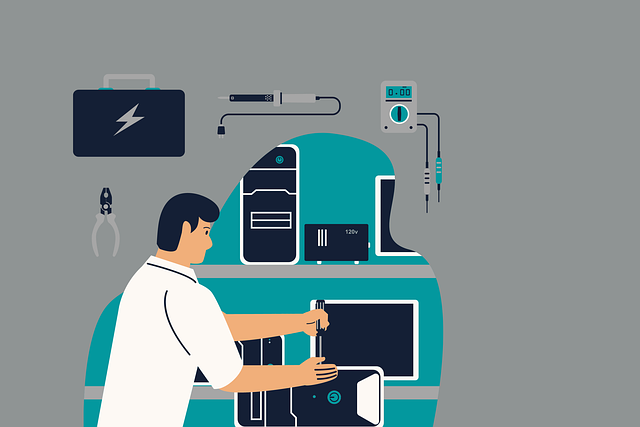
In modern body shops, PDR (Paintless Dent Repair) has emerged as a game-changer, revolutionizing auto body services. It’s a non-invasive technique that allows technicians to remove dents and scratches from vehicle surfaces without the need for traditional painting or extensive repainting. This not only enhances the car’s aesthetics but also saves significant time and resources for both customers and shop owners. By integrating PDR into their service offerings, body shops can cater to a wider range of issues, including minor impacts, fender benders, and even everyday scratches, without having to invest in costly equipment or complex processes.
PDR offers several advantages over conventional dent repair methods. It minimizes downtime for vehicle owners, as cars can often be driven immediately after treatment. Moreover, PDR specialists use specialized tools and techniques to restore the car’s original finish, ensuring a seamless and virtually invisible repair that preserves the vehicle’s resale value. In light of these benefits, the integration of PDR into modern body shop practices is not only practical but also a strategic move to stay competitive in the market, providing superior service experiences for customers seeking auto glass repair, car scratch repair, or any other related auto body services.
– Benefits of integration: faster turnaround times, reduced labor costs
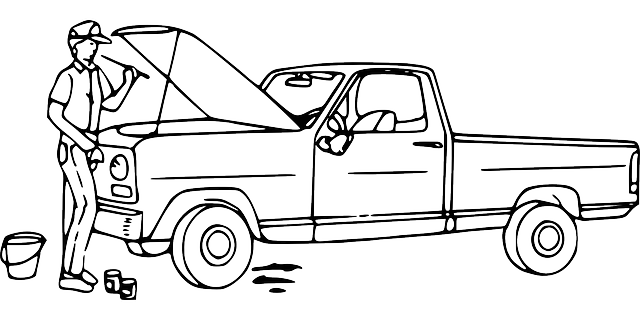
The integration of PDR (Paintless Dent Repair) into body shops’ operations offers a myriad of advantages for technicians and businesses alike. One of the most significant benefits is the reduction in turnaround times. By implementing PDR techniques, technicians can efficiently repair minor dents and scratches without traditional painting methods, thus saving valuable time. This increased speed means that collision centers and auto body shops can handle more vehicles, leading to higher productivity and improved customer satisfaction due to quicker service.
Furthermore, labor costs are minimized with PDR integration. Traditional auto body work often involves extensive paintwork, which is both time-consuming and expensive. PDR allows technicians to restore vehicles to their original condition without these costly procedures, reducing overhead expenses. This cost-effectiveness makes PDR an attractive option for body shops, enabling them to stay competitive in the market while providing high-quality vehicle repair services.
PDR integration plans offer technicians in body shops a streamlined approach to work, enhancing efficiency and profitability. By embracing PDR for body shops, technicians can achieve faster turnaround times and reduce labor costs, ultimately elevating customer satisfaction. This modern approach to dent repair is revolutionizing the industry, ensuring body shops stay competitive in today’s market.

